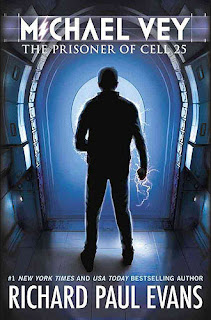by Francisco X Stork
Arthur A. Levine Books, 2009, 320 pages
Arthur A. Levine Books, 2009, 320 pages
What makes a person foolish or wise?
Marcelo is a 17-year-old boy who perceives and understands the world a little differently than most.
He has a disorder similar to Asperger's syndrome which makes social interaction difficult. Marcelo has what he calls "special interests" in music and religion, meeting regularly with a rabbi to discuss the Bible and other spiritual texts. He is content studying at his special high school and working with horses and disabled children.
His father has other ideas. He thinks Marcelo's interests are foolish ones. And he feels if Marcelo tries to work in what he calls the real world, Marcelo will find he fits in just fine. And he ups the ante - if Marcelo doesn't succeed at a summer job at his father's law firm, he will go to public school for his final year of high school.
Well, he does do just fine, although he encounters a lot of misunderstanding along the way. His first challenge is his supervisor in the mail room, a beautiful and confident girl who had someone else in mind for the job. And his second is the son of his father's legal partner - a young man preoccupied with women and pursuing his own goals with no consideration for the needs or feelings others. How does a young man who thinks about ethics in concrete terms navigate the situations and choices he finds in a law firm where a client's profits supersede taking responsibility for flaws in their products? And still succeed at his job so he can go to the school he feels comfortable in?
I like this book for two reasons. Firstly, it presents a complex and nuanced depiction of a person with an increasingly common difference in the way he interacts with the world. And second, through Marcelo's questions and problems, the author raises some interesting issues around ethics and loyalty. Marcelo doesn't doubt that God is real, and that He has communicated to express His will. He does have doubts about knowing God's will in difficult and conflicting circumstances, and the exploration of that question highlights what all people have in common.
As readers we come to see Marcelo's way of seeing the world is both a hindrance and an advantage. We're not sure how his father feels about the choices his son makes - but there's no doubt that Marcelo has grown up and is making his own choices by the end of the story.
"Do not deceive yourselves. If any one of you thinks he is wise by the standards of this age, he should become a "fool" so that he may become wise." (1 Corinthians 3:18)
A caution - there is some crude language in portions of the book. It's used to contrast Marcelo's perspective with that of the people around him, but it may disturb some readers.














